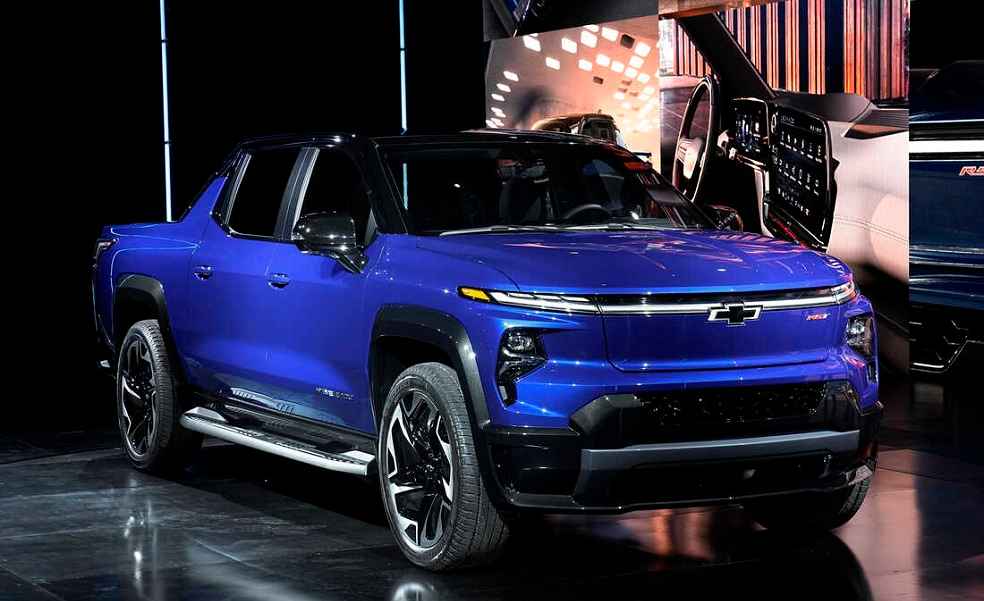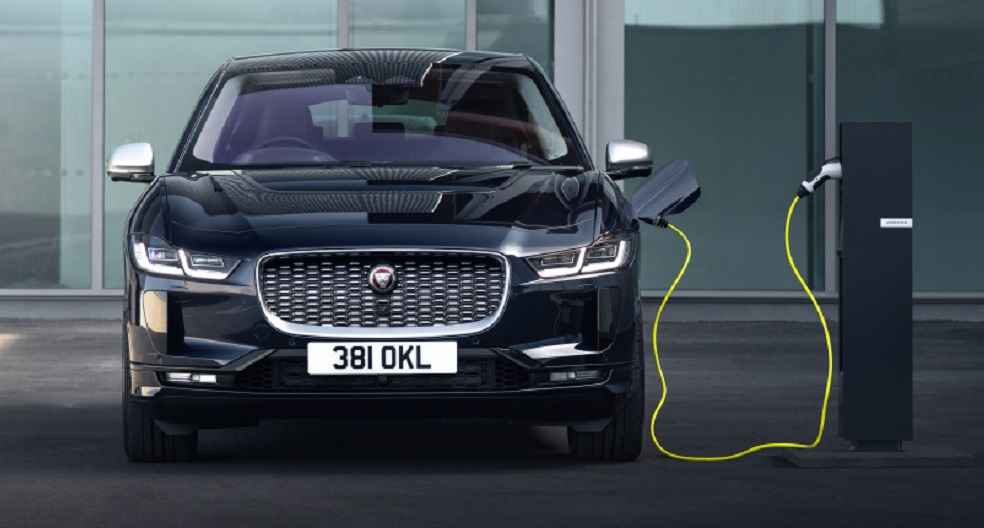US new-car sales reached 15.9 million units in 2024, marking a 2.2% year-over-year increase and the highest level since 2019, according to Wards Intelligence. Replenished inventories, attractive incentives, and a surge in hybrid vehicle demand propelled the recovery from pandemic-era lows.
General Motors (GM) retained its position as the top US automaker, reporting a 4.3% rise in sales to 2.7 million vehicles. Toyota also achieved a 3.7% sales growth, driven by strong hybrid sales and steady demand for reliable models like the Camry and RAV4. Hybrid vehicles were a standout, with sales rising 36.7% year-over-year, while battery electric vehicle (EV) sales saw more modest growth.

David Christ, Toyota’s North America sales head, noted overwhelming hybrid demand, stating, “We’re sold out—customers want them, we can’t get enough.” Meanwhile, EV sales, despite incentives, lagged behind hybrids, reflecting tepid consumer interest. Ford’s hybrid sales doubled those of its EVs, with 187,426 hybrids sold compared to 97,865 EVs.
While EVs accounted for 8% of total vehicle sales, rising slightly from 7.6% in 2023, manufacturers adjusted their strategies. Ford extended a free home charger program for EV buyers, aiming to support future sales. However, plans to scale back EV ambitions emerged as automakers faced weaker-than-anticipated demand.

Stellantis and Tesla reported contrasting fortunes. Stellantis saw a 15% drop in sales due to pricing issues and internal management challenges, while Tesla grappled with stiff competition in China and declining deliveries.
The automotive sector also faces policy uncertainties as the incoming Trump administration considers eliminating EV tax credits and raising tariffs on Mexican and Canadian imports. Toyota’s Christ cautioned that removing the $7,500 tax credit could significantly alter EV buying decisions, posing new challenges for the industry in 2025 and beyond.
GENERAL | Morocco Leads in Car Production, Surpasses Europe, Boosts Global Auto Presence





